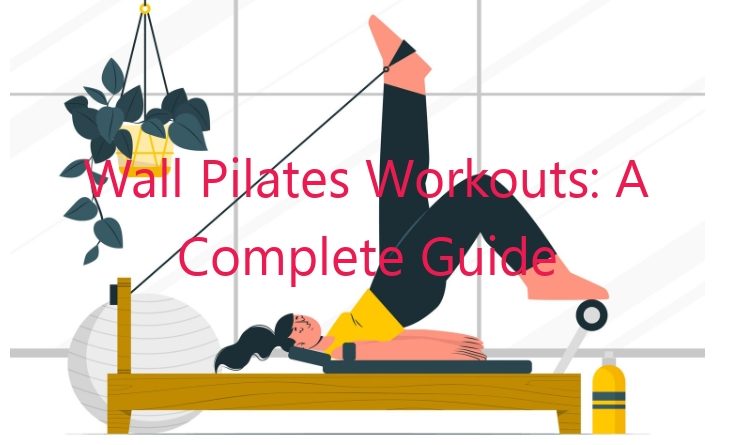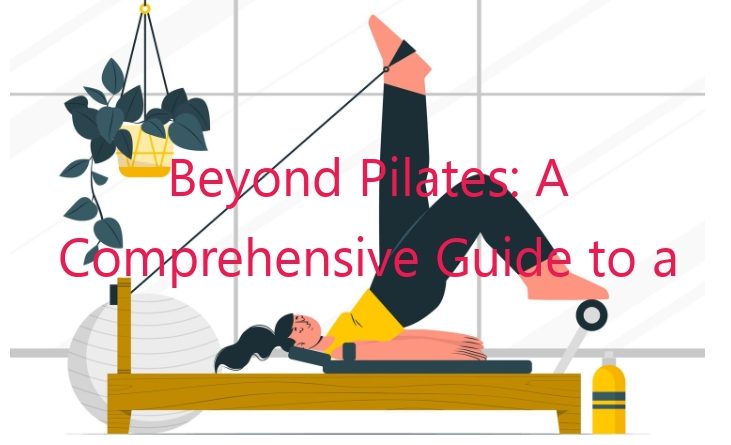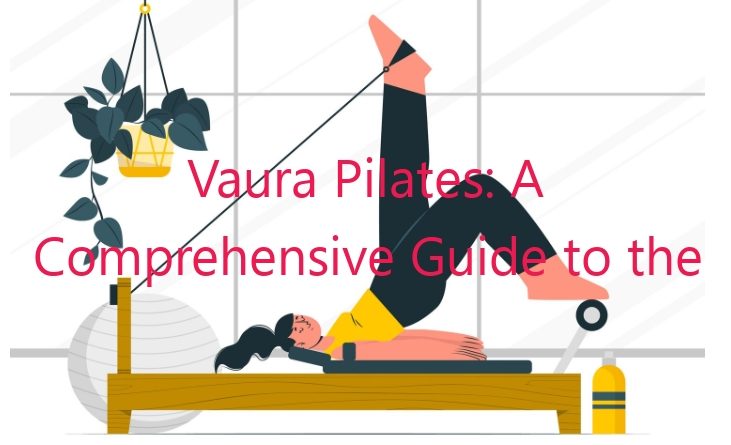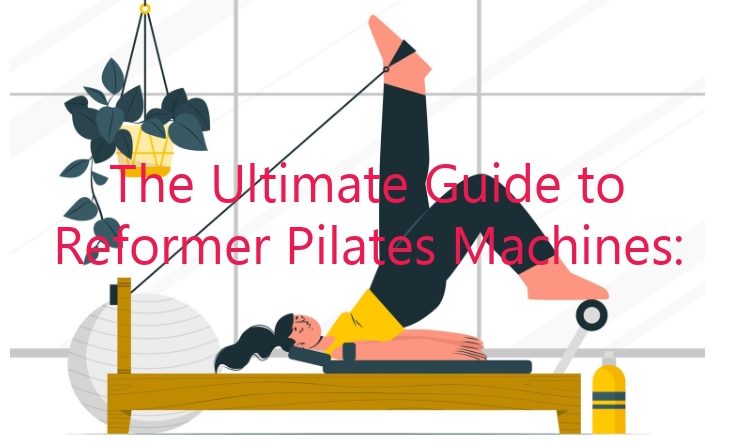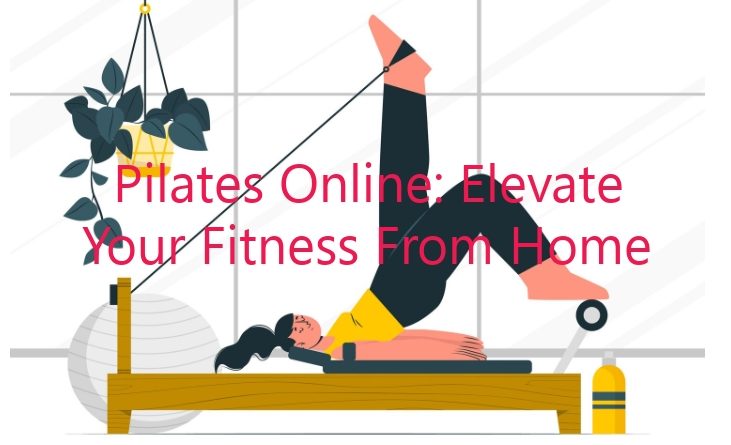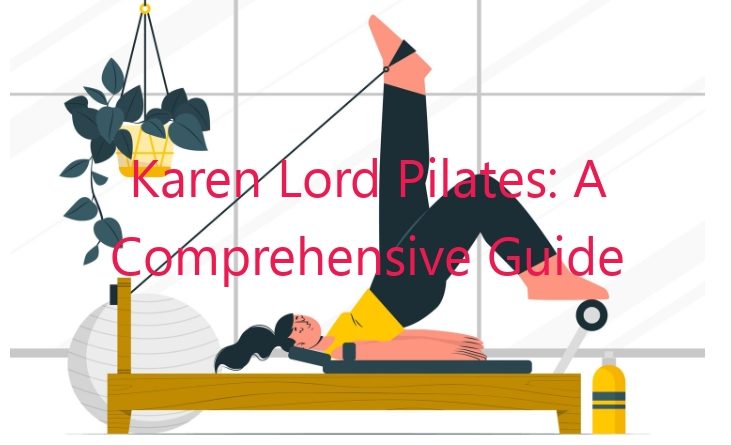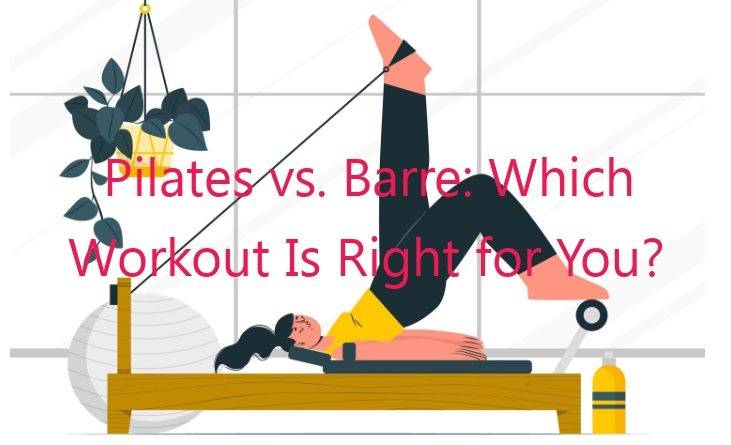
Sponsored Ads
Trying to decide between Pilates and barre? Both workouts offer a range of benefits, but they also have some key differences. Here’s a comprehensive guide to help you choose the best option for your fitness goals.
Introduction
Pilates and barre are two popular low-impact workouts that have gained a loyal following in recent years. Both workouts are designed to improve flexibility, strength, and balance, but they have different approaches and target different muscle groups.
Pilates is a mind-body workout that focuses on core strength, flexibility, and balance. It was developed by Joseph Pilates in the early 20th century, and it has since been adopted by athletes, dancers, and people of all ages and fitness levels.
Barre is a ballet-inspired workout that combines elements of Pilates, yoga, and dance. It is performed at a barre, a horizontal bar that is used for support. Barre workouts are typically more dynamic than Pilates workouts, and they often involve more cardio.
Strengths of Pilates
Pilates has a number of strengths that make it a great choice for people of all ages and fitness levels. These strengths include:
Core strength: Pilates is a core-focused workout that helps to strengthen the muscles that support your spine and pelvis. This can help to improve your posture, reduce back pain, and prevent injuries.
Flexibility: Pilates also helps to improve flexibility. The exercises in Pilates are designed to lengthen and stretch your muscles, which can help to improve your range of motion and reduce the risk of injury.
Balance: Pilates also helps to improve balance. The exercises in Pilates are designed to challenge your balance, which can help to improve your stability and coordination.
Weaknesses of Pilates
Pilates also has some weaknesses that may make it a less suitable choice for some people. These weaknesses include:
Can be slow-paced: Pilates is a relatively slow-paced workout. This can be a drawback for people who are looking for a more dynamic workout.
May not be challenging enough: Pilates may not be challenging enough for people who are looking for a more intense workout. The exercises in Pilates are typically low-impact, and they may not be enough to provide a sufficient challenge for people who are already in good shape.
Can be expensive: Pilates classes can be expensive, especially if you live in a major city. This can make it difficult for people who are on a budget to afford Pilates classes.
Strengths of Barre
Cardiovascular benefits:
Barre is a more dynamic workout than Pilates, and it often involves more cardio. This can make it a good choice for people who are looking for a workout that will help them to burn calories and improve their cardiovascular health.
Full-body workout:
Barre is a full-body workout that targets all of the major muscle groups. This can make it a good choice for people who are looking for a workout that will help them to improve their overall strength and fitness.
Low-impact:
Barre is a low-impact workout, which makes it a good choice for people who are prone to injuries or who have joint pain.
Weaknesses of Barre
Can be repetitive:
Barre workouts can be repetitive, which can make them boring for some people. The exercises in barre are often performed in a small space, and they may not be as varied as the exercises in other types of workouts.
May not be challenging enough:
Barre may not be challenging enough for people who are looking for a more intense workout. The exercises in barre are typically low-impact, and they may not be enough to provide a sufficient challenge for people who are already in good shape.
Can be expensive:
Barre classes can be expensive, especially if you live in a major city. This can make it difficult for people who are on a budget to afford barre classes.
Pilates vs. Barre: Which Is Right for You?
The best way to decide which workout is right for you is to try both of them and see which one you enjoy more. If you are looking for a workout that will help you to improve your core strength, flexibility, and balance, then Pilates may be a good choice for you. If you are looking for a workout that will help you to burn calories, improve your cardiovascular health, and target all of the major muscle groups, then barre may be a good choice for you.
Table: Pilates vs. Barre
| Feature | Pilates | Barre |
|---|---|---|
| Focus | Core strength, flexibility, balance | Cardiovascular health, full-body strength |
| Impact | Low-impact | Low-impact |
| Intensity | Low-moderate | Low-moderate |
| Equipment | Mat, Pilates reformer | Barre, small weights |
| Cost | Can be expensive | Can be expensive |
| Suitable for | All ages and fitness levels | All ages and fitness levels |
FAQs
1. What is the difference between Pilates and barre?
Pilates is a mind-body workout that focuses on core strength, flexibility, and balance. Barre is a ballet-inspired workout that combines elements of Pilates, yoga, and dance.
2. Which workout is better for weight loss?
Both Pilates and barre can help you to lose weight, but barre may be a better choice if you are looking for a more dynamic workout that will help you to burn more calories.
3. Which workout is better for building muscle?
Both Pilates and barre can help you to build muscle, but barre may be a better choice if you are looking for a workout that will target all of the major muscle groups.
4. Which workout is better for improving flexibility?
Pilates is a better choice for improving flexibility. The exercises in Pilates are designed to lengthen and stretch your muscles, which can help to improve your range of motion.
5. Which workout is better for improving balance?
Pilates is a better choice for improving balance. The exercises in Pilates are designed to challenge your balance, which can help to improve your stability and coordination.
6. Which workout is better for reducing back pain?
Pilates is a better choice for reducing back pain. The exercises in Pilates are designed to strengthen the muscles that support your spine and pelvis, which can help to improve your posture and reduce back pain.
7. Which workout is better for preventing injuries?
Pilates is a better choice for preventing injuries. The exercises in Pilates are designed to improve your core strength, flexibility, and balance, which can help to reduce your risk of injury.
8. Which workout is more challenging?
Barre is more challenging than Pilates. The exercises in barre are typically more dynamic and intense than the exercises in Pilates.
9. Which workout is more fun?
The best way to determine which workout is more fun for you is to try both of them and see which one you enjoy more.
10. Can I do Pilates and barre on the same day?
Yes, you can do Pilates and barre on the same day, but it is important to listen to your body and rest when needed. It is also important to start slowly and gradually increase the intensity and duration of your workouts.
11. Which workout is better for me?
The best workout for you is the one that you enjoy and that you can stick to. If you are unsure which workout is right for you, talk to a fitness professional.
12. How often should I do Pilates or barre?
The optimal frequency for Pilates or barre workouts depends on your individual needs and fitness goals. However, most experts recommend doing Pilates or barre at least 2-3 times per week.
13. Can I do Pilates or barre at home?
Yes, you can do Pilates or barre at home. There are many online resources and videos that can help you to get started.
Conclusion
Pilates and barre are both excellent workouts that offer a range of benefits. The best workout for you is the one that you enjoy and that you can stick to. If you are unsure which workout is right for you, talk to a fitness professional.
No matter which workout you choose, the most important thing is to have fun and to be consistent with your workouts. With regular exercise, you will see improvements in your strength, flexibility, balance, and overall health.
Call to Action
If you are looking
